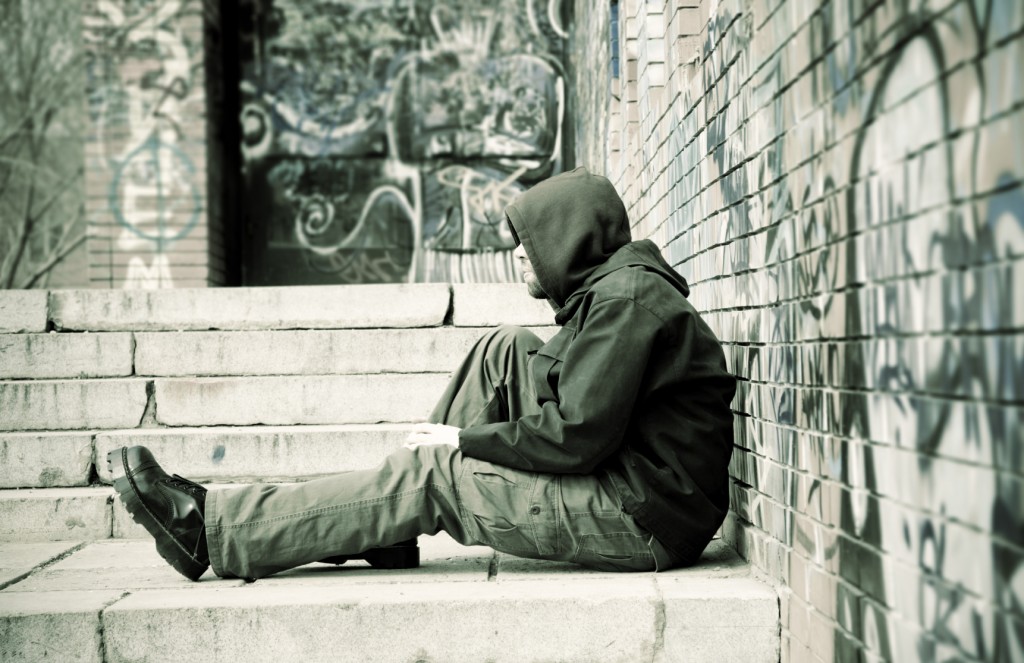Home » Uncategorised »
Homelessness is Worse Problem than Official Figures Suggest
This article is an external press release originally published on the Landlord News website, which has now been migrated to the Just Landlords blog.

Charities have warned that official figures do not indicate just how many people are at risk of becoming homeless in England.
Research from Crisis and the Joseph Rowntree Foundation found that “informal” approaches are taken by councils to deal with the issue and this has covered a 9% increase in cases in 2013-14, to around 280,000.1
Last year, official data revealed that the amount of accepted homeless cases was at about 52,000, which was a decrease of 3% from 2012-13.1 The Government have called the charities’ numbers deceptive.
The study used statistics from England’s 326 councils, and said that the increase in the amount of people facing homelessness is partly due to benefit cuts and sanctions. It also blamed the worrying lack of affordable housing, which is causing many people to live away from their area.
Authors of the report claimed that almost two-thirds of councils believe front-page homelessness numbers do not reflect local trends, as authorities are more dependent on informal methods of tackling homelessness, which are recorded separately.
The study includes the official accepted homelessness figure from last year, 52,270, and the number of homelessness prevention and relief cases, 227,800. These cases involve the council taking steps to help with this issue.1 These actions could be offering financial assistance, debt advice or help to stay in a tenancy.
Dr. Suzanne Fitzpatrick, lead author, says that taking these steps into account, “we see that the number of cases of people facing or at serious risk of homelessness rose sharply last year. Yet this alarming trend has gone largely unnoticed by politicians or the media.”1
The study also revealed1:
- A rising number of people have to move away from their area to find affordable housing. Around one in four (24%) placements last year were out of the local area, signalling a 26% annual increase.
- More people are suffering with debt. Councils helped with 50,000 cases of debt advice or financial assistance in 2013-14, a 47% yearly rise.
- There has been a huge increase in the amount of people becoming homeless after losing their private rental sector home. These make up 30% of cases.
- Homelessness is rising fastest in London, as 12% more people faced homelessness last year.
- One in ten councils think that the effects of welfare reform on homelessness has eased, however 53% believe the worst is yet to come.
Chief Executive of Crisis, Jon Sparkes, says that the study shows “the true scale of homelessness in England, which headline figures no longer reflect.
“Council officials are clear that benefit cuts and sanctions are taking a dreadful toll on people’s lives, with rising numbers facing the loss of their home at a time when councils are being forced to cut services. This is a desperate state of affairs.”1
However, homelessness minister Kris Hopkins, says: “These claims are misleading and the fact is statutory homelessness remains lower than in 27 of the last 30 years. The figures include those who councils have helped to avoid being made homeless, as well as those accepted as homeless, and shows the wide range of options available to help prevent homelessness in the first place.”
Hopkins also reveals that the Government are spending more on this problem, offering more than £500m to local authorities and voluntary services, including £14m for Crisis. He says this will “help around 10,000 single homeless people find and sustain accommodation in the private rented sector.”1
Research was collected by academics at Heriot-Watt University, the University of New South Wales and the University of York.





